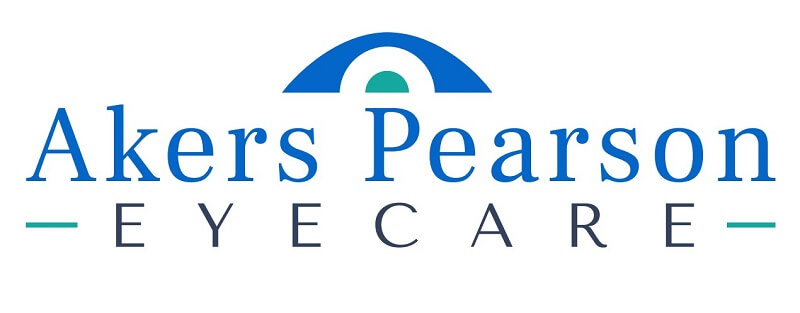
It’s that time of year again! Summer is here, and it’s time for sunny days at the beach and lazy days without school. It’s also the time of year to be reminded of the importance of protecting yourself and your loved ones against harmful Ultra-Violet (UV) radiation from the sun and other sources. Dr. NAME has compiled some important information to help you and your loved ones avoid overexposure to UV radiation:
Everybody knows that the leading source of UV radiation is the sun. What many people don't realize is that the sun is not the only source of UV radiation. It can also come from sources such as welding machines and tanning beds. Furthermore, it is common knowledge that UV radiation can cause you a painful sunburn on your skin, but did you know that UV radiation can be dangerous for your eyes as well? It’s true! Too much UV radiation can give your eyes a kind of "sunburn of the eye," called photokeratitis, which can cause eyelid twitches, eye pain, and extreme sensitivity to bright light. In severe cases of UV radiation overexposure can also do permanent damage to your central vision, and the more your eyes are exposed to UV rays over time, the greater your chances become of developing serious problems with your eyes later in life, such as age related macular degeneration, cataracts and even cancer.
Fortunately, there are a number of steps that can be implemented to protect your eyes from the harmful effects of overexposure. The American Optometric Association suggests that sunglasses meant for extended outdoor exposure block 99-100 percent of UV-A and UV-B rays and 75-90 percent of all visible light. A hat or cap with a wide brim is also a great addition to protect your eyes from light that otherwise might not be blocked by your sunglasses. Wrap around sunglasses and contact lenses with UV protection are also great additions, as traditional sunglasses often let UV radiation around the edges that can still do damage to your eyes. Patients newly out of surgery for cataracts or those taking medicine that make the eyes more sensitive to light should be sure to take these same steps every time they go outside, no matter how long or short their time outside will be.
There are also certain situations in which sunglasses alone are not enough to protect your eyes. Arc welding and tanning beds are sources of direct light which require specialized eyewear to prevent extremely harmful side effects similar to looking directly into the sun. Snowfields, although they do not give off light of their own, do reflect a great deal of light that can also do similar damage to your eyes without appropriate specialized eyewear.
For more information, speak with your eye care professional today.
